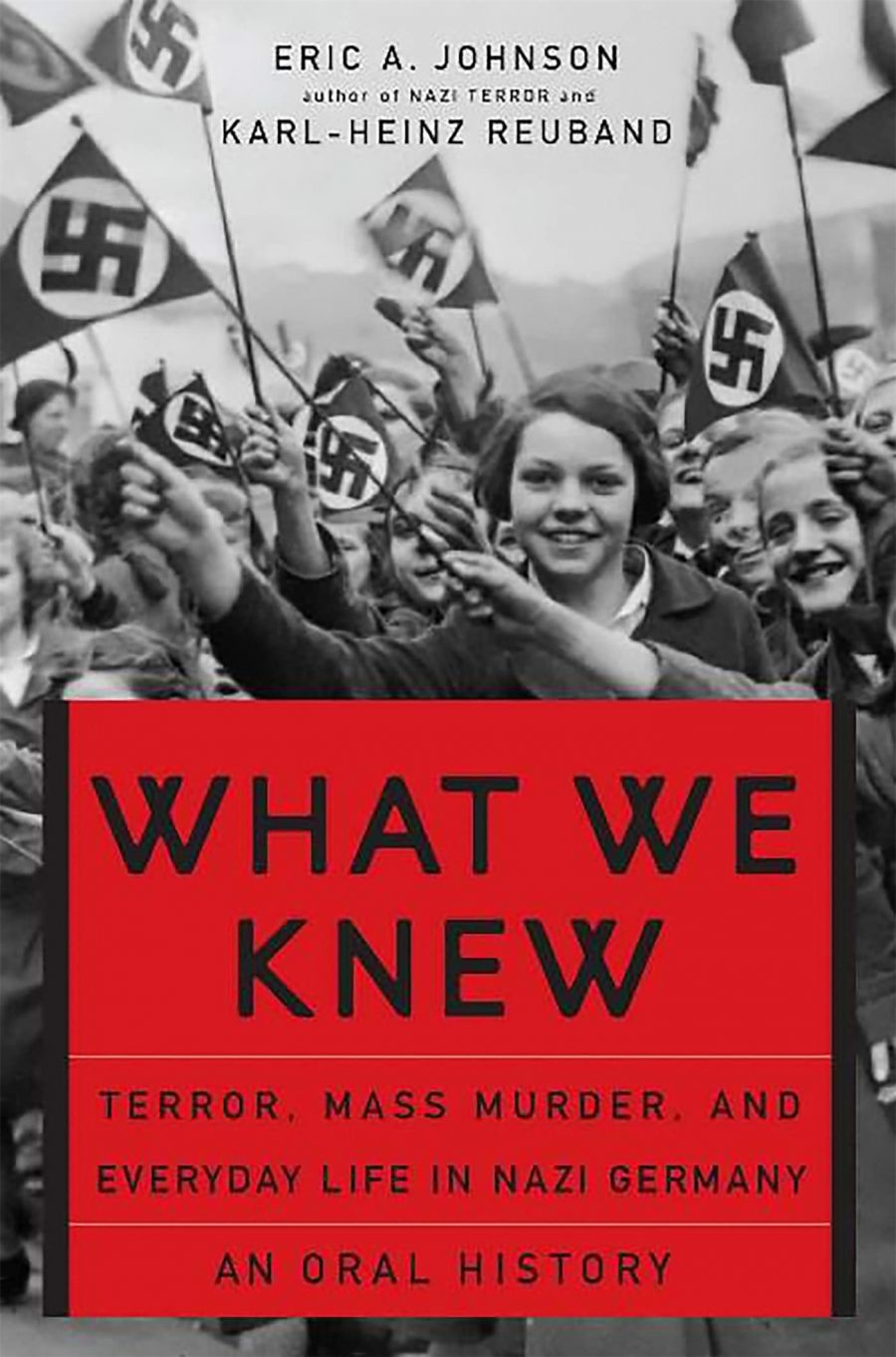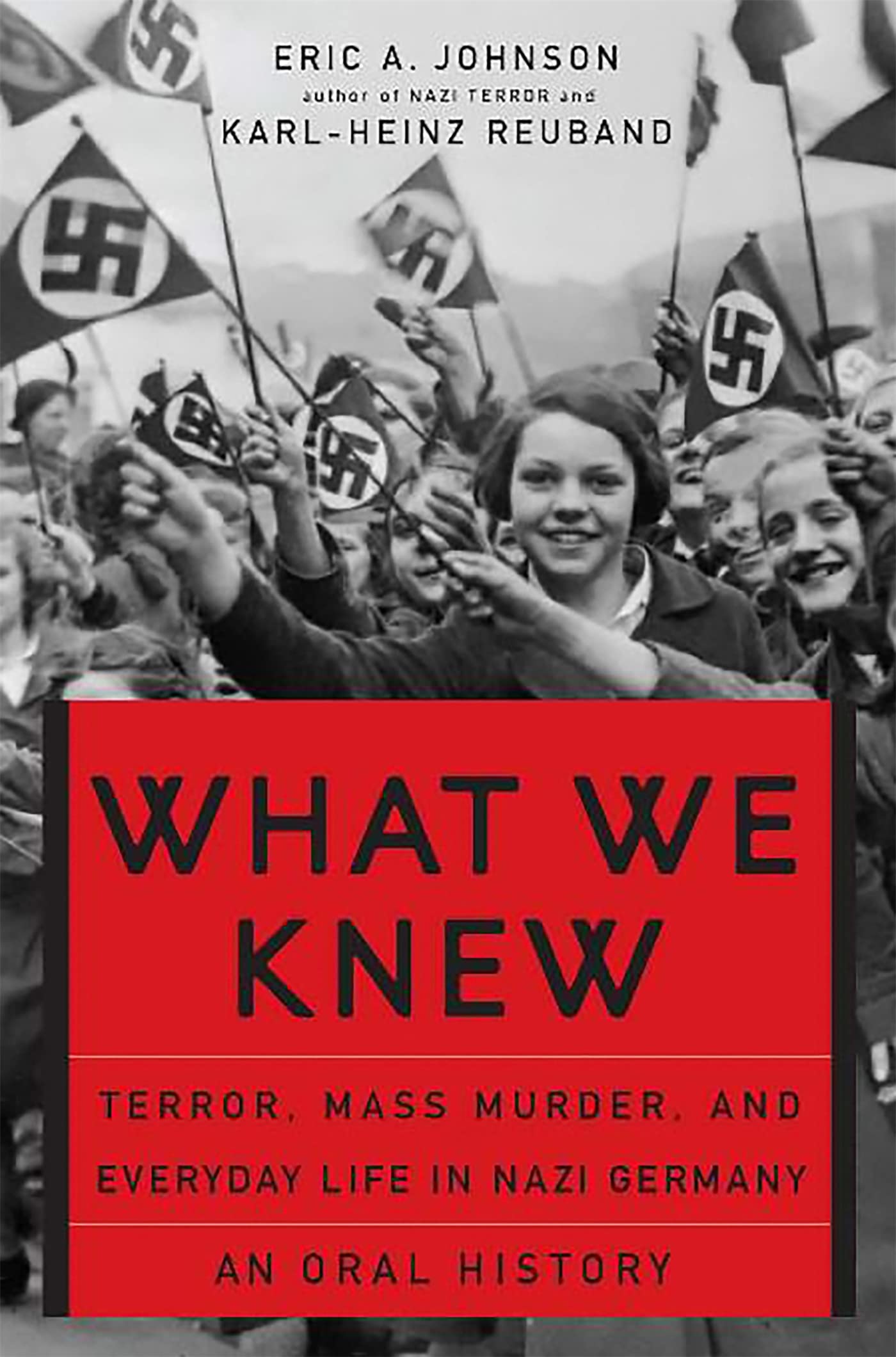
- Free Article: No
- Contents Category: History
- Review Article: Yes
- Article Title: Difficult knowledge
- Online Only: No
- Custom Highlight Text:
Three years ago in these pages, I wrote about the difficulties of exploring and understanding acts of human terror and brutality such as those that occurred during the Holocaust in Nazi Germany (‘Homer and the Holocaust’, ABR, November 2002). I noted that a certain etiquette had prevailed in the ever-expanding Holocaust canon, one that tended to privilege factual accounts – memoirs, histories, personal testimonies from the survivors themselves – over more imaginative treatments; how the former were regarded as more ‘morally responsible’. I noted, too, the paucity of material from German sources and how this had skewed understanding of the Holocaust. I argued that ‘sixty years on, there is something lacking in the way we have sought to understand the Holocaust; something in the approach that seems to confirm what we already know rather than illuminate the new’. What was required, I suggested, was more, not less, imaginative work.
- Book 1 Title: What We Knew
- Book 1 Subtitle: Terror, mass murder and everyday life in Nazi Germany
- Book 1 Biblio: John Murray, $39.95 pb, 434 pp
- Book 1 Cover Small (400 x 600):

- Book 1 Cover (800 x 1200):

This, I believe, is still the case, for it is the imagination, with its anarchic and unlimited qualities and its simultaneous access to reason, memory, conjecture and emotion, that provides a powerful means of navigating uncharted domains. So I welcomed this new book by Karl-Heinz Reuband, a German sociologist, and Eric Johnson, an American historian. With so many German voices documented in its pages, I anticipated new approaches to familiar material, new insights and new understandings. What a disappointment awaited me.
Over a period of ten years, the authors investigated the knowledge and experience of anti-Semitism and the Holocaust through a study that canvassed approximately 500 Jews and 3000 Germans who had lived in Germany during at least part of the Hitler years. The study is described as an ‘oral history’, but in fact a major source of data collection was via long written questionnaires (copies of which are not included in the book), followed by in-depth interviews with only a small number of the questionnaire respondents. An even smaller selection of these ‘testimonies’ is transcribed in the first half of the book. According to the authors, their interview subjects were ‘representative’, although one would like to know representative of what? Of the respondents in the study? Of Jews and non-Jews who lived in Germany during World War II? Of the range of experiences during the Nazi terror? The second half of the book includes a summary of results from both the interviews and the written questionnaires, and some discussion of these.
The faults in the study and the resulting book are so numerous that only a selection will be given here. The German-based residents of the study were drawn from four locations, all in the north of Germany, and yet the strongest support for National Socialism was in the south. Two of the locations, Krefeld and Cologne, appear to have been selected for no other reason than their geographical convenience to one of the researchers. (Reuband is a Professor of sociology at the University of Düsseldorf.) While the Protestant–Catholic mix of the locations is briefly mentioned (Protestants were, in the main, stronger supporters of National Socialism than were Catholics), no other social or historical details of the locations are given, nor population statistics of Jews and non-Jews resident in these places during and after the Hitler years. This lack of context, coupled with minimal biographical information about the subjects, reduces the respondents to cardboard cut-outs on a blank page.
The background context is further diminished by the absence of footnotes for the entire 250 pages of interview transcripts. The authors assume, for example, reader familiarity with the Horst Wessel song, with the situation of Poles in Germany, with the difference between the SA and SS, with how a Jewish woman could marry a non-Jewish man after the enactment of the Nuremberg Laws, with a ‘German Kibbutz’ – this last a new one to me – and a whole lot more. And there are statements that, without footnotes, are hard to credit, such as a German respondent recalling Jewish girls speaking Hebrew among themselves at a German school. The fact the girls were at a German rather than Jewish school would suggest they were far too assimilated to know either Hebrew or Yiddish.
The authors admit that certain members of their interviewing team were not particularly familiar with the history of Nazi Germany. While the authors dismiss this as relatively unimportant, I cannot. For example, when a respondent manages to survive Auschwitz for as long as two years, the obvious question to ask is ‘how?’ – but not by these callow interviewers. And when a German respondent reports that he didn’t know all his friends were in the Hitler Youth – I would have thought the uniforms were a giveaway – the interviewer lets this pass. Most crucially, when another German says that ‘the disappearance of Jews is not something we took notice of officially’, in a book purporting to reveal what people actually knew about the Holocaust, further questions do seem necessary.
The first-person voice, as fiction writers well know, can easily acquire an emotionally flat, monotonous style. A statement like ‘I was afraid’ conveys nothing of the texture of fear. The transcripts in this book reveal all the faults of the first-person, oral-history voice, with the result that, despite the disturbing content, it makes for mundane and tedious reading. The tone diminishes still further in the second half of the book, in which the results of the written surveys are analysed. Table after table is presented, reducing real-life experience to numbers. And while the discussion is supplemented with quotes from the interviews, the essential humanness of the material is lost.
There are astonishing omissions in the background literature. For anyone wanting to know whether ordinary people knew about the Holocaust, Raul Hilberg’s analysis of the pettifoggery of the Nazi killing machines is essential. None of Hilberg’s work is mentioned. Daniel Goldhagen’s controversial Hitler’s Willing Executioners: Ordinary Germans and the Holocaust (1996) is referred to but not discussed in any way. (Whether one agrees or disagrees with Goldhagen, his book established a benchmark.) The authors have drawn on Victor Klemperer’s diaries and Marion Kaplan’s Between Dignity and Despair: Jewish Life in Nazi Germany (1998), but Saul Friedländer’s Nazi Germany and the Jews: The Years of Persecution 1933–39 (1997) is omitted; so, too, Claudia Koonz’s interesting book Mothers in the Fatherland: Women, the Family and Nazi Politics (1987), and all of Martin Gilbert’s work.
This book and the study that preceded it are cloaked with missed opportunities. So many willing respondents, so much material gathered, and yet the presentation and analysis are banal and uninformative. With a more creative approach, the study could have advanced understanding of the context of the Holocaust, in a similar way, for example, to the recent German film Downfall, a riveting narrative of Hitler’s last days, depicting the confusion, the jockeying for leadership, the rubble of German ideals and German cities, and the enduring love and loyalty that Hitler inspired. Despite the authors’ numerous justifications of the legitimacy of their method, when it comes to the anarchic edges of human behaviour, less method and more creativity is required.


Comments powered by CComment